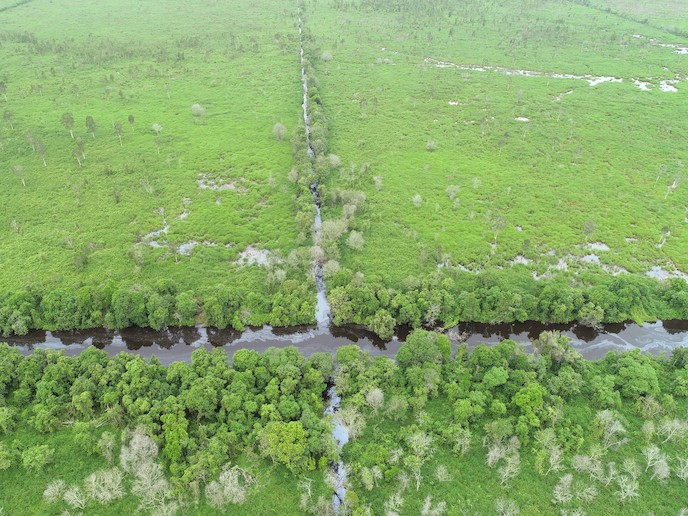Soil carbon pathways understood
A large amount of carbon is stored within soil organic matter (SOM), meaning that SOM influences the global carbon cycle and, thus, climate change. However, because SOM dynamics remain inadequately studied, incorporating it as a factor within Earth systems models causes a lot of uncertainty. The EU-funded QUASOM (Quantifying and modelling pathways of soil organic matter as affected by abiotic factors, microbial dynamics, and transport processes) initiative worked to improve our understanding of how soil carbon and water dynamics are affected by abiotic and biotic factors. With this new knowledge, the influence of soil and SOM can be better represented within Earth systems models. A major outcome of the project was a parsimonious model of vertical transport of SOM. The model is called SOMPROF, and it better represents aspects like thermal insulation of soil by organic layers and the role of microbes in subsoil. Researchers in fact managed to simplify the detailed models that describe microbial dynamics on a small scale. In this way, the effects of microbes on SOM decomposition are better represented than before. Lastly, patterns of carbon turnover were compiled, which helps with benchmarking and improving Earth systems models. These insights will thus be valuable to the climate modelling community, in particular, and the fight against climate change.







